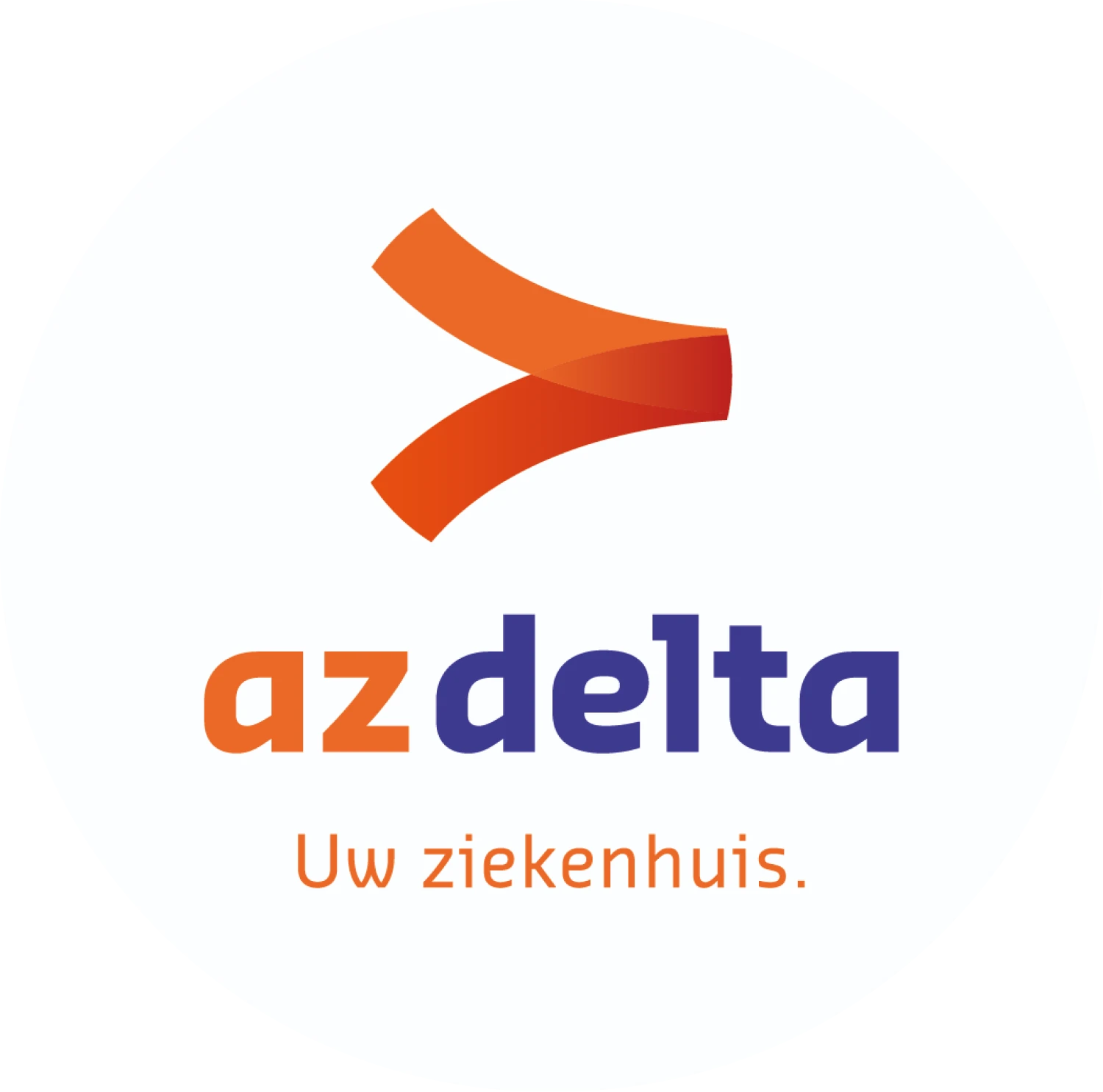Ultrasound endoscopy
Brugsesteenweg
Rumbeke
Torhout
Menen
An ultrasound endoscopy combines an ultrasound with an endoscopy.
1. Ultrasound endoscopy of the esophagus, stomach, pancreas and bile ducts
The endoscope (flexible tube with a camera at the end) is inserted into the gastrointestinal tract by mouth. The small ultrasound probe allows you to view the different layers of the digestive tract wall. Surrounding organs and lymph nodes can also be visualized in this way. The study provides detailed information about the gallbladder, bile ducts, pancreas, part of the liver, stomach, adrenal gland, esophagus and space between the lungs. If necessary, tissue samples can be taken immediately by piercing a tumour or lymph node through the wall of the digestive tract with a fine hollow needle.
2. Ultrasound endoscopy of the rectum (rectum)
The endoscope is inserted about 20 centimeters into the intestine via the anus. This examination allows us to detect abnormalities in the wall of the rectum or sphincter. An ultrasound endoscopy is primarily a diagnostic examination intended to determine the nature and extent of an injury.
Before the start of the investigation, report:
- any allergies.
- heart and/or lung problems, heart valves.
- taking blood thinning medications e.g. aspirin-containing preparations Plavix, Marcoumar, Clopidogrel, Ticlid, Xarelto, Pradaxa, Eliquis, Brilique, Marevan, Sintrom... Blood thinning medication will be stopped in certain cases, in consultation with the doctor. Taking low-dose aspirin such as Asaflow is not a problem.
- if you are or may be pregnant.
Aim of the research
Preparation
1. Ultrasound endoscopy of the esophagus/stomach/pancreas/bile ducts
- You must be sober at least 6 hours before the exam. This means no eating, drinking or smoking.
- The nurse will ask you to remove any dentures and remove the glasses/contact lenses. A patient apron will be waiting for you.
- If the examination takes place in the day hospital, ask a family member/acquaintance to take you home after the examination. After a general anaesthetic, you are not allowed to drive a vehicle. Do not plan important activities after the investigation. Your concentration and assessment may have been reduced.
- This examination takes place under general anesthesia and therefore requires a (day) admission. The nurse will puncture a vein in the arm so that the anaesthetist can administer the anaesthetic.
- During the examination, you lie on the left side with a mouthpiece between the teeth/lips to avoid biting the endoscope.
- During the study, the oxygen level in the blood is continuously measured. This is done with a measuring device that is placed on the finger. You will also receive oxygen glasses on the nose.
- The investigation takes about 20 to 30 minutes. After the examination, you will sleep in the wake room in the endoscopy department.
2. Ultrasound endoscopy of the rectum
- You do not need to be admitted for this study.
- Prior to the examination, a lavement is inserted through the anus. This will cause you to have a bowel movement and have to go to the toilet. This rinses the last part of the colon, giving the doctor a better view during the examination.
- The research takes place on the left side.
- You don't have to be sober.
- Because no anaesthetic is administered, you can drive the car yourself.
- This investigation takes fifteen minutes.
Execution
Hospitalization
After the examination
The throat may feel a bit raw after an oral examination. Your stomach may be temporarily slightly bloated.
Advantages and disadvantages
Side effects
Points of interest
Risks of this study
This research has few risks or complications. Extremely rare is the perforation of the stomach, esophagus or intestinal tract (0.06%). In this case, you will have to undergo a new endoscopy or sometimes (rarely) have surgery. Bleeding due to ultrasound endoscopy is rare (0.1%) and can usually be treated immediately without surgery. All precautions are taken to limit the inconveniences and risks.


